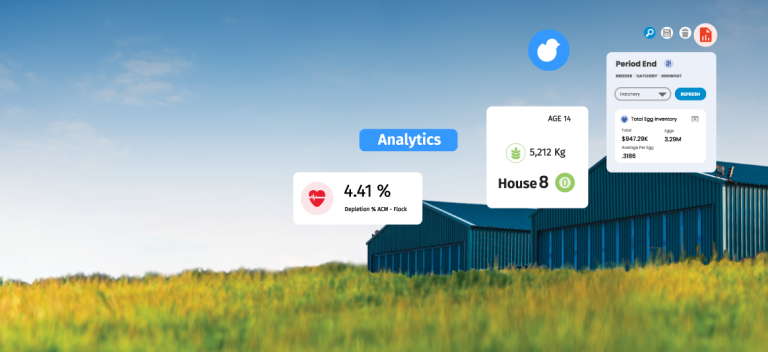The welfare of livestock is rightly at the core of good farming practice and there is a continual focus on how to ensure that the animals under our stewardship are looked after well. Considerable emphasis is placed on animal welfare and how practices in farming and across the livestock supply chain impact animal behavior and welfare.
How best do we objectively measure all the areas that impact the welfare of livestock and how do we then leverage the power of data systems and new technology to support farmers and the industry to achieve high standards of animal welfare today and into the future?
There is ongoing development by individual countries and by trading blocks on codes of practice for the welfare of livestock covering every aspect of how we look after our stock on the farm, in hatcheries, in transportation, and at slaughter. Whilst these tend not to be law there are prosecutions where incidents of poor welfare upon investigation show that the codes have not been followed.
Technology advancements in global poultry welfare
Much research is ongoing every year to measure livestock behavior and to understand this in relation to welfare. Great work is being done by many research establishments around the world to assess stress levels in livestock and how they respond to various conditions. This means we need to keep developing our husbandry practices to bring these new findings into the everyday management of the stock and continually improve the way we do things.
Significant developments in technology are also starting to have a role to play in how we manage welfare.
As an example of this, recent developments in Germany where they will ban the practice of culling male layer chicks is a very topical example of where changing social awareness and values and the use of technology is pushing the poultry industry to change practices that have been normalized since the industry inception.
In the Netherlands and also being adopted by other countries is the “Better Chicken Commitment” initiative that utilizes slower-growing breeds of chicken designed to provide welfare benefits.
Also in Europe, the use of colony cages will be banned from 2025 for commercial egg production.
Welfare performance & sustainability
The welfare of livestock is a continually evolving area where the farming and food industry, scientific research, lobby groups, consumer perceptions, and global trade drive change. I strongly believe that welfare goes hand in hand with performance and having a competitive sustainable business.
In any organization, the basic disciplines of “you only improve what you measure” is still as relevant today as it was decades ago, perhaps even more so, as the size of our businesses has increased hugely as poultry consumption grows across the world. This requires strong measurement systems, reporting, and visibility of data. The simplest measure of welfare is through measurement of performance and using this to create a more proactive response to issues.
Welfare cannot be a stand-alone part of any operation, it must be front and center of any livestock business, an everyday part of managing, feeding, bio securing, and flock health strategy. We believe that welfare has significant commercial benefits to any organization, managing welfare well enhances the business performance!
Measurement and visibility across the whole supply chain should create a focus not only on performance, efficiency, and cost but also on the welfare of livestock.



